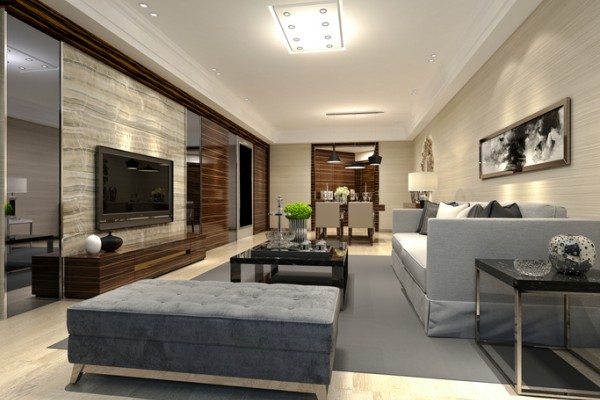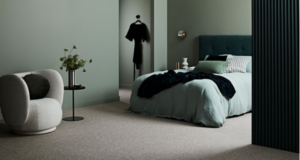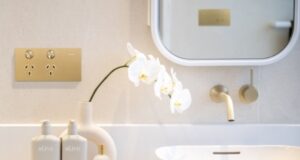
When renovating, it’s important to understand the Building Code of Australia (BCA) lighting requirements to ensure your project complies with regulations and meets energy efficiency standards. These rules set limits on how much lighting power (watts per square metre) you can use inside and outside your home.
Maximum lighting power density limits
Since May 2011, the BCA requires that lighting power density must not exceed:
- 5 watts per square metre (W/m²) for indoor areas
- 4 W/m² for outdoor lighting
- 3 W/m² for garages and similar enclosed spaces
These limits encourage the use of energy-efficient lighting, such as LEDs, to reduce electricity consumption and greenhouse gas emissions.
Adjustment factors for lighting controls
The BCA recognises that incorporating lighting controls can improve efficiency. When you install specific control devices, you may be allowed to increase the lighting power density beyond the base limits. Controls include:
- Motion sensors that switch lights off when rooms are unoccupied
- Time switches that schedule lighting use
- Dimmers that adjust light levels to suit tasks or ambience
For example, installing motion sensors in areas like toilets or corridors can lower wasted lighting hours and earn you additional watts under the BCA adjustment factors.
For practical advice on using controls, see our article on lighting controls and switches.
Meeting compliance requirements
To prove compliance with BCA lighting rules, you may need to provide:
- Lighting layouts showing fixture types and locations
- Details of lamp wattages and control devices installed
- Calculations demonstrating lighting power densities meet BCA limits
Your electrician or lighting designer can help prepare these documents, which may be required for council approvals or certification.
Why compliance matters
Following BCA lighting requirements helps you:
- Lower energy bills by limiting excess lighting power
- Improve your home’s energy rating and comfort
- Avoid delays or issues during building inspections
Planning lighting early in your renovation ensures you meet regulations without compromising your design vision. For tips on planning a lighting scheme that balances style and compliance, visit how to plan your lighting.
Using energy-efficient lighting
The BCA encourages efficient lighting sources, with LEDs being the standard choice due to their low power use and long life. Choosing globes with high colour rendering index (CRI) also improves the look and feel of your space. Learn more in our article how to choose LED light globes.





